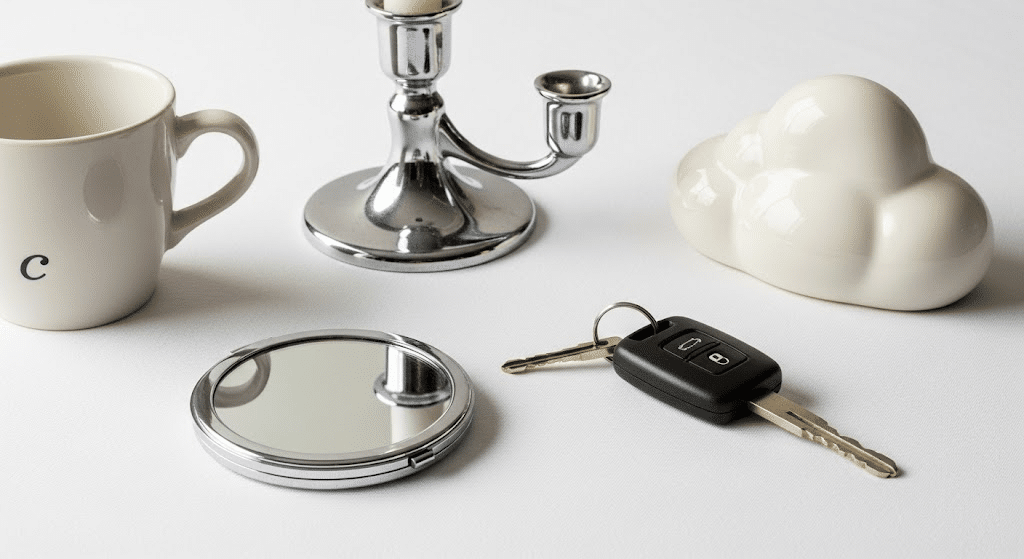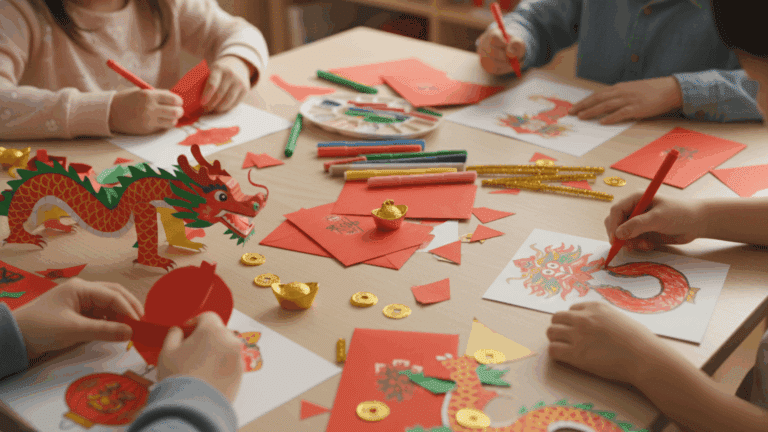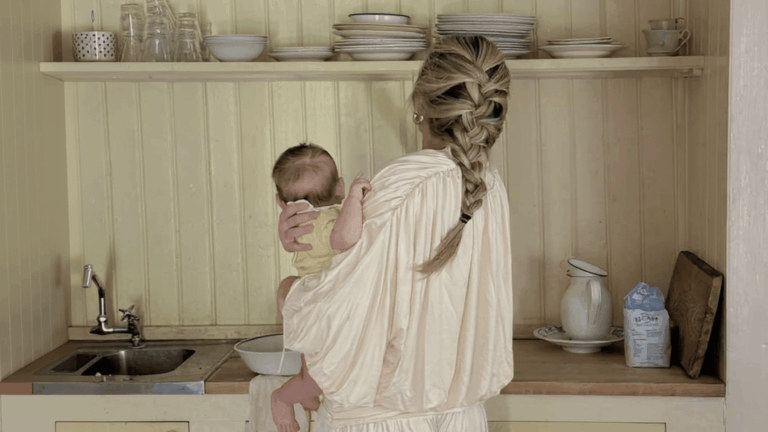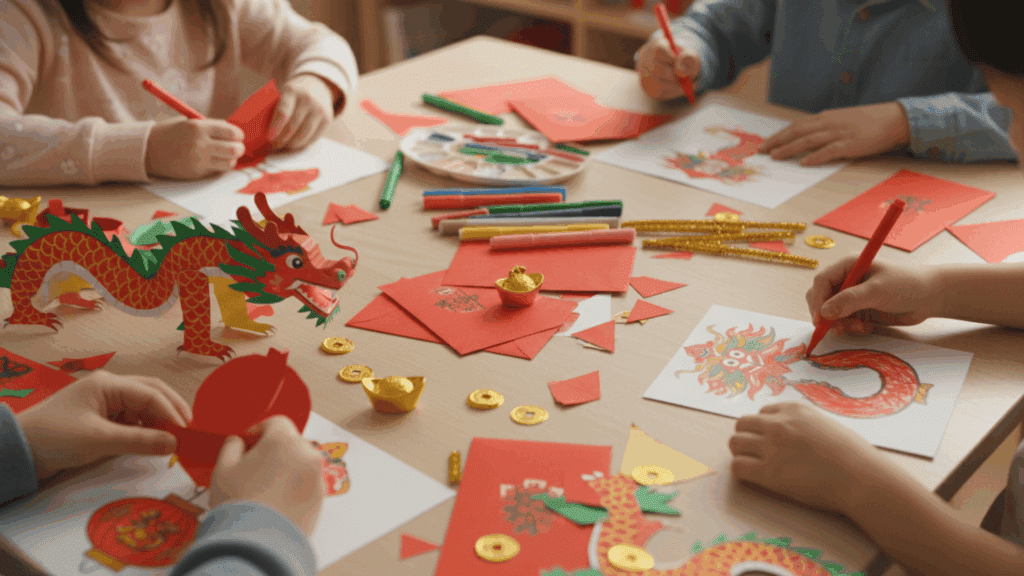The letter C is the ultimate overachiever of the alphabet; it refuses to pick one sound and stick with it. Sometimes it’s soft and hissy like in “city,” and other times it’s hard and punchy like in “cat.”
Today, we’re jumping into those words that sound like they mean business. Think “car,” “cookie,” and “crash”, words that pack a punch and don’t mess around with wishy-washy sounds.
Hard C words are everywhere, and once kids master them, reading becomes way less confusing. No more guessing whether that C is going to whisper or shout!
So let’s celebrate those bold, confident C sounds that know precisely what they want to be. Because honestly, we could all learn something from their decisiveness.
What Are Hard and Soft C Words?
Here’s where the letter C gets a bit dramatic and decides it needs two completely different personalities. These words sound like they’re clearing their throat with a strong /k/k/sound, while soft C words whisper with a gentle /s/s/sound.
The good news is that there’s actually a pattern to this madness, and once kids crack the code, they’ll feel like alphabet detectives.
Hard C shows up when it’s hanging out with certain vowel friends, while soft C prefers different company entirely.
Quick Reference: Hard vs. Soft C Words
| Hard C (sounds like /k/) | Soft C (sounds like /s/) |
|---|---|
| Before A, O, U | Before E, I, Y |
| cat, car, cut | city, cent, cycle |
| cup, cool, call | circle, face, icy |
| come, cake, cube | nice, dance, fancy |
Think of it this way: hard C words sound strong and decisive, like they know exactly what they want to say. Soft C words are sneaky; they sound like the letter S decided to dress up as C for a costume party.
The Importance of Hard C Words in Language Development
These are like the building blocks of confident reading; they give kids a solid foundation to stand on when everything else in English seems to be breaking its own rules.
Building Phonemic Awareness
When kids master hard C sounds, they’re developing the ability to hear and manipulate individual sounds in words. This skill is akin to having a superpower for reading success, as it helps them decode new words instead of merely memorizing them.
Creating Reading Confidence
They follow predictable patterns, which means kids can actually figure them out instead of just guessing. When they see “cat” and know it sounds like /k/ + /a/ + /t/, they feel like reading rockstars who can tackle anything.
Expanding Vocabulary Naturally
So many common words use hard C sounds: car, come, can, cut, cake, that mastering this pattern unlocks a treasure chest of everyday vocabulary. Children begin to recognize word families and make connections between similar sounds.
Supporting Spelling Skills
Once kids understand when C makes the hard sound, spelling becomes less like throwing darts blindfolded and more like following a map. They develop strategies instead of just hoping for the best.
List of Hard C Words You Should Know
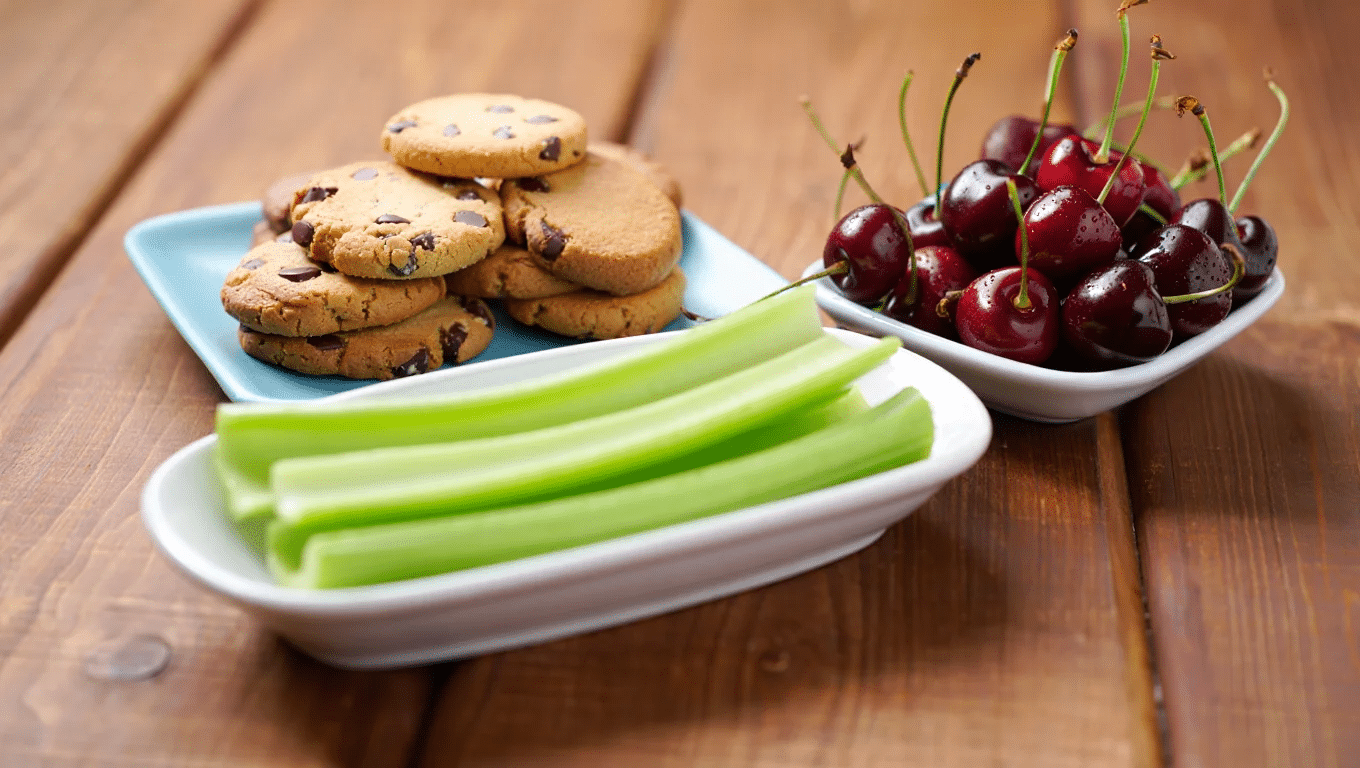
These words all feature the hard “C” sound, which makes them ideal for practicing pronunciation and expanding vocabulary.
Each word has its distinct meaning and usage, helping kids and learners improve both their speaking and comprehension skills.
1. Cab
2. Cabin
3. Cabinet
4. Cactus
5. Cafe
6. Cage
7. Cake
8. Calf
9. Call
10. Calm
11. Cam
12. Came
13. Camel
14. Camera
15. Camp
16. Can
17. Canal
18. Canary
19. Candle
20. Cane
21. Canoe
22. Canon
23. Canopy
24. Canteen
25. Canvas
26. Canyon
27. Cap
28. Cape
29. Capital
30. Captain
31. Car
32. Caramel
33. Card
34. Care
35. Cargo
36. Carol
37. Carp
38. Carpet
39. Carrot
40. Carry
41. Cart
42. Cartoon
43. Carve
44. Case
45. Cash
46. Cashew
47. Cast
48. Castle
49. Casual
50. Cat
51. Catch
52. Cater
53. Cattle
54. Cave
55. Coach
56. Coal
57. Coarse
58. Coast
59. Coat
60. Cob
61. Cobra
62. Cobweb
63. Cocoa
64. Coconut
65. Cocoon
66. Cod
67. Code
68. Coffee
69. Coil
70. Coin
71. Cola
72. Cold
73. Collar
74. Colony
75. Color
76. Colt
77. Comb
78. Combat
79. Comet
80. Comic
81. Common
82. Computer
83. Cone
84. Convey
85. Cook
86. Cookie
87. Cool
88. Cop
89. Cope
90. Copper
91. Copy
92. Coral
93. Core
94. Cork
95. Corn
96. Corner
97. Cost
98. Costly
99. Costume
100. Cot
101. Cotton
102. Couch
103. Cough
104. Count
105. Country
106. Coupon
107. Court
108. Cove
109. Cow
110. Cowboy
111. Coyote
112. Cub
113. Cube
114. Cuckoo
115. Cucumber
116. Cud
117. Cuddle
118. Cudgel
119. Cue
120. Cuff
121. Cuisine
122. Cull
123. Cumin
124. Cup
125. Cupboard
126. Cupcake
127. Curb
128. Curd
129. Cure
130. Curl
131. Curry
132. Curt
133. Curtain
134. Curve
135. Cushion
Find these hard C words in this printable PDF, too.
Printable Worksheet for Hard C Words
These ready-to-use worksheets make practicing hard C words simple and engaging for students at any skill level.
Each worksheet includes fun activities like word searches, fill-in-the-blanks, and matching exercises that reinforce the hard C sound.
1. Hard C Word Sorting (C vs. Soft C)
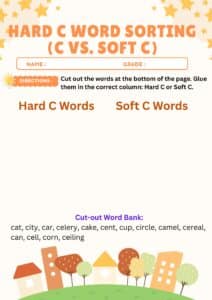
One of the best ways to introduce children to the difference between hard and soft “C” sounds is through a simple word-sorting activity.
This worksheet helps kids visually classify words based on their pronunciation, strengthening both phonics and vocabulary.
- Skill Development: Improves sound discrimination and categorization of phonics patterns.
- Bonus Tip for Educators/Parents: Use real objects or flashcards to reinforce the sorting concept hands-on.
Download this Printable Worksheet From here
2. Fill-in-the-Blank Cloze Sentences
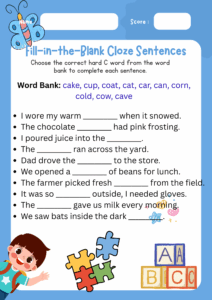
Cloze (fill-in-the-blank) worksheets are excellent tools for encouraging context-based learning. In this grammar-focused version, kids complete sentences using only hard C words such as cat, cup, coat, and car.
- Skill Development: Builds sentence comprehension and contextual use of hard C words.
- Bonus Tip for Educators/Parents: Read the sentence aloud together before writing to improve auditory recognition.
Download this printable worksheet from here
3. Hard C Word Bingo
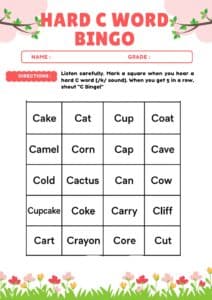
Make learning phonics fun with an interactive game of Hard C Bingo! This worksheet-based activity gives students a bingo card filled with words that begin with the hard C sound (like cupcake, corn, car, cold, camp).
- Skill Development: Improves listening skills and fast recognition of target phonics sounds.
- Bonus Tip for Educators/Parents: Add definitions or riddles as clues to challenge advanced learners.
Download this Printable Worksheet From here
4. Color-by-Sound: Hard C vs. Soft C
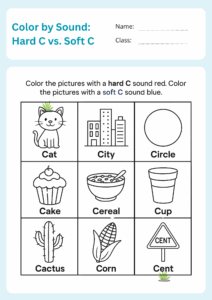
Let your learners dive into a colorful phonics thrills with the Color-by-Sound: Hard C vs. Soft C worksheet! In this activity, kids identify whether the word starts with a hard C sound (/k/ as in cat) or a soft C sound (/s/ as in city), then color the picture red or blue based on the sound.
It’s a fun and visual way to reinforce the C-sound grammar rule while keeping little hands busy with coloring!
- Skill Development: Strengthens sound-letter recognition and helps distinguish between phonemes through visual categorization.
- Bonus Tip for Educators/Parents: Say each word together before coloring, and have kids tap their head for hard C and their shoulder for soft C for a multisensory twist!
Download this Printable Worksheet From here
5. Hard C Picture Match
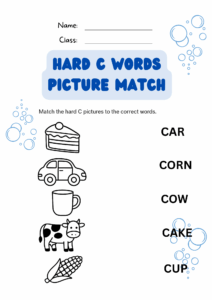
Let your students find early phonics with the Hard C Picture Match! In this worksheet, kids match pictures of objects (like cake, cat, or cup) to their corresponding hard C words, reinforcing the connection between sound, word, and image.
Each image is clearly drawn and labeled, allowing children to visually recognize and associate the /k/ sound of hard C with familiar vocabulary.
- Skill Development: Reinforces sound-to-word association and supports early reading fluency through visual matching.
- Bonus Tip for Educators/Parents: Say each word aloud together before matching to strengthen auditory memory and pronunciation.
Download this Printable Worksheet From here
Things to Keep in Mind While Using Hard C Words
Teaching these should feel like a fun game, not a grammar boot camp. The goal is to help kids notice patterns naturally while they’re engaged in a fun language activity.
- Start with familiar words that kids already know. Use “cat,” “car,” and “cup” before introducing trickier words like “cucumber” or “construction.”
- Make it visual: Use pictures and real objects to reinforce the connection between sounds and meanings.
- Practice in context: Read stories filled with these words rather than just drilling isolated sounds.
- Keep it playful: Turn practice into games like “hard C word hunts” or silly sentence creation.
- Be patient with confusion: Some children need more time to distinguish between hard and soft sounds.
- Connect to writing: Let kids practice writing these words while saying the sounds out.
- Don’t rush the process. Some kids pick up sound patterns quickly, while others need more time and repetition.
Conclusion
Hard C words might seem like just another reading lesson, but they’re gateway words that unlock so much more.
When kids master that confident /k/k/sound, they’re building skills that ripple out into better reading, stronger spelling, and more vocabulary confidence.
The charisma of these words is their reliability: they follow rules that make sense, which is refreshing in a language that loves to break its own patterns.
Kids can count on these words to behave predictably, and that consistency builds the kind of reading confidence that lasts.


